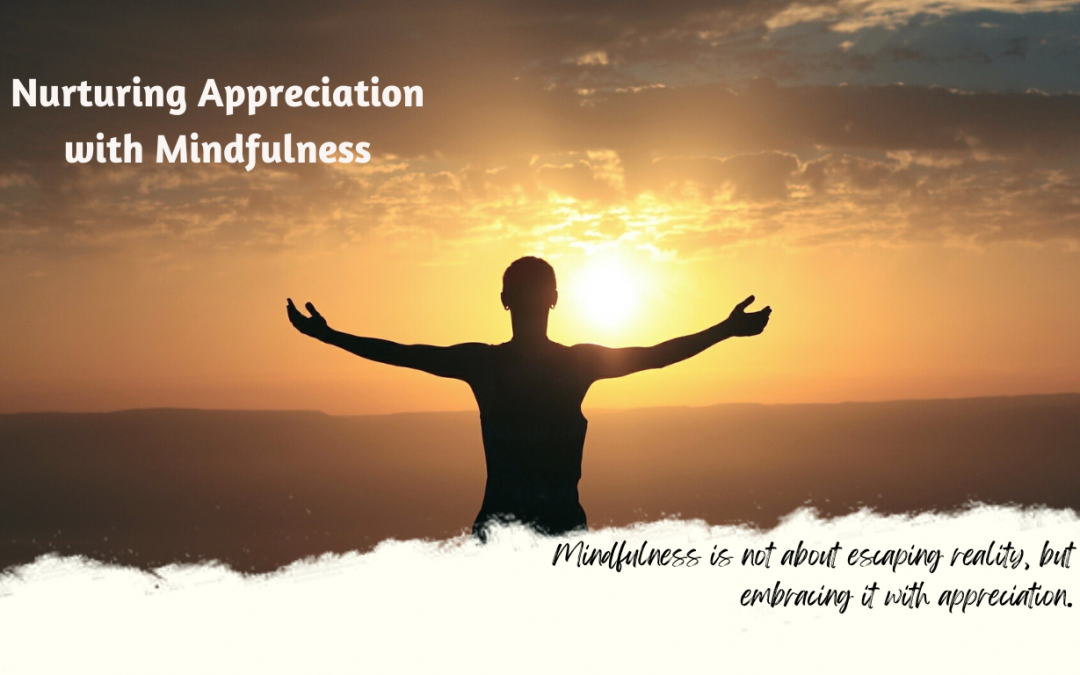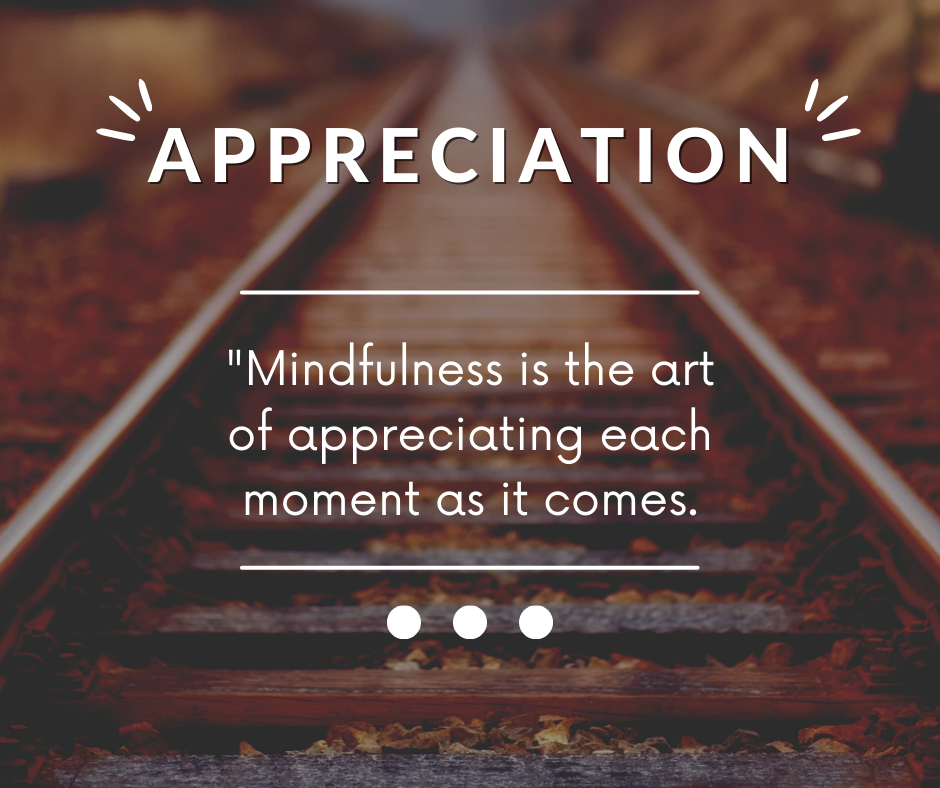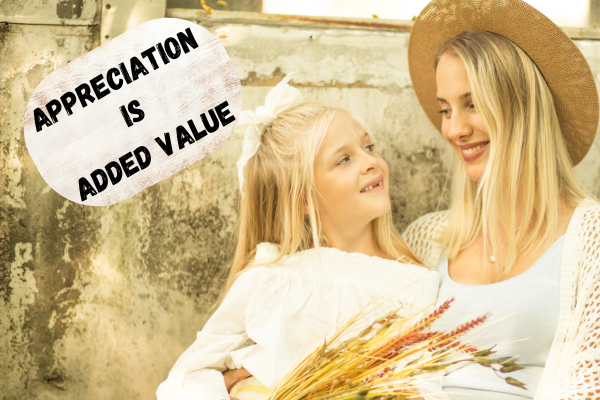
Helping Children Develop the Virtue of Appreciation

Parents must take deliberate steps to instill a sense of appreciation in a society where children are surrounded by abundance and instant gratification. Here are some practical tips for parents to help their children develop gratitude in a world where entitlement often looms.
Appreciation—an essential quality that helps our children recognize the beauty in their lives and the contributions of others. But how can we, as parents, effectively nurture this virtue in our kids? Let’s explore some fun and engaging ways to help our children develop a lasting sense of appreciation.
Why Appreciation Matters
Before we discuss strategies, let’s consider why teaching appreciation is so important. When children learn to appreciate what they have and recognize the efforts of others, they cultivate empathy, gratitude, and a positive outlook on life. Research shows that children who practice appreciation are happier, more resilient, and better equipped to handle challenges.
Moreover, appreciation fosters stronger relationships with family, friends, or even the wider community. Teaching our children this virtue sets the stage for them to become caring, compassionate individuals who contribute positively to the world around them.
Fun Ways to Foster Appreciation in Children
Here are some engaging and practical activities to help your children develop the virtue of appreciation:
1. Gratitude Journals: Encourage your child to keep a gratitude journal. Each day, have them write down three things they appreciate—this can range from their favorite toy to a sunny day. Make it a family affair by sharing your entries during dinner or at bedtime. This practice not only cultivates a habit of reflection but also prompts meaningful conversations about what brings joy to each family member.
2. Thank You Notes: Introduce the concept of thank you notes as a fun and creative activity. After receiving a gift or help from someone, encourage your child to write a thank you note. This teaches them the importance of acknowledging kindness and develops their writing and expression skills. You can even make it a craft project—let them decorate the notes with drawings or stickers!
3. Appreciation Circles: Start a weekly family tradition of “Appreciation Circles.” Gather everyone together or start your weekly family meeting by taking turns sharing something you appreciate about each other. This practice fosters an environment of love and support while teaching children to recognize the strengths and contributions of their family members.
4. Nature Walks with a Twist: Go on family nature walks and encourage your children to appreciate their surroundings. Challenge them to find three things they’ve never noticed before, such as a unique leaf or a bird’s song. This exercise promotes mindfulness and encourages them to appreciate the beauty of nature.
5. Volunteering Together: Engaging in community service is a powerful way to teach appreciation. Participate in local volunteering opportunities as a family, such as cleaning up a park or helping at a food bank. When children see the struggles of others, they gain a greater understanding of their own privileges and learn to appreciate what they have.
6. Create a Family Gratitude Jar: Set up a family gratitude jar where everyone can drop in notes about things they appreciate—big or small. At the end of each month, read the notes together. This simple yet effective activity allows children to reflect on positive experiences and fosters a sense of community within the family.
Encouraging Mindful Appreciation
To truly help your children appreciate the moment, encourage mindfulness. Teach them to pause and take a deep breath when they feel overwhelmed. Ask questions like, “What’s one good thing that happened today?” or “What made you smile this week?” These practices help children recognize and appreciate the little joys in their lives.
As you guide your children on this journey of appreciation, consider this reflection: What is one thing you appreciate about your child? Take a moment to express that appreciation, and encourage them to reflect on something they appreciate about themselves or others. This simple exercise can strengthen your bond and promote a positive self-image.
As each of us continues our Virtue Quest, let’s commit to nurturing the virtue of appreciation in our children. By engaging in fun and meaningful activities, we can help them cultivate a mindset of gratitude. Let’s inspire our children to see the beauty in everyday moments and recognize the goodness around them. That will serve them well throughout their lives.
Joe is a husband, father, grandfather, author, speaker, educator, course creator, and parent/family coach.
He helps parents develop unity, find clarity, communicate, and develop consistency in their parenting with the Four C’s of Successful Families. You can find his work on social media.
In addition, the Four C’s newsletter is enjoyed by many as it encourages parents to self-care, build their relationships with their partners, and raise their children.
And he loves to golf!







